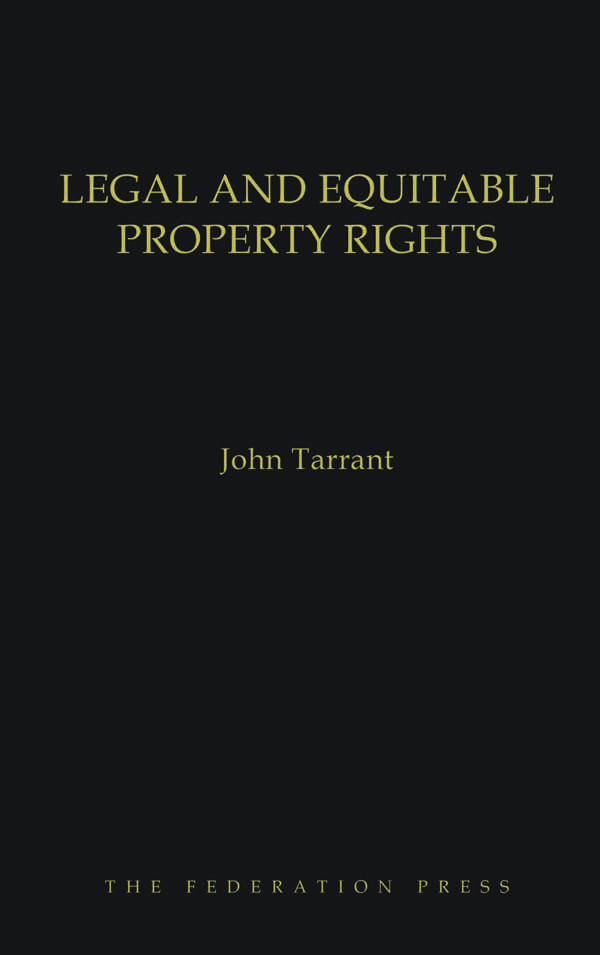Product Description
The power of judges to amend final judgments and orders based on the inherent power of the courts and what is known as the slip rule is well established. What is uncertain is the limits of the jurisdiction to amend final judgments and orders. The scope of the slip rule in particular has expanded significantly in Australia in recent decades resulting in more cases in this area including a number of cases before the High Court of Australia. The book examines the inherent power to amend judgments and orders and the history of the slip rule. The issue of the coexistence of the power to amend judgments and orders and statutory deadlines is examined in detail as this issue remains the most controversial. There are a number of discretionary factors that courts consider when determining whether or not to amend final judgments and orders and these are examined together with a number of practical issues that arise in relation to amending judgments and orders.
"The question of whether a court has power to alter a final judgment it has given to correct a mistake or oversight, or should exercise that power if it exists, arises frequently in the Australian courts. In the national court system as a whole, it would be a rare working day on which it did not arise somewhere at least once…This book fills a gap in the legal literature by collecting relevant English and Australian authorities on this topic, organising them systematically, and digesting and discussing them. The manner of its division into chapters and headings is an important part of the text, because it is the chapters and headings that impose a comprehensible conceptual structure on the subject… The tracing of the historical development of the law, within a particular chapter or heading, can help identify those cases that can no longer be relied on, and the areas of present uncertainty or development…I welcome the publication of the book. It will be a useful working tool for practitioners and the courts." Taken from the Foreword by J C Campbell, Judges’ Chambers, Court of Appeal, Queens Square, Sydney.










